The fall holiday season is in full swing. From Halloween and Thanksgiving to winter celebrations like Christmas, Hanukkah, and Kwanzaa, planning your lessons around the holidays is a great way to tie classroom learning into real-life events.
If you’re an elementary school teacher looking for ways to keep students in grades 1-6 active and engaged, while having a little fun yourself, we’ve got you covered. Many of these games and activities can be played indoors or outdoors, have an element of movement, and cater to different learning styles.

Halloween
Here are a few spooky options for Halloween-themed lessons.
Haunted Laboratory
Oops, Dr. Frankenstein accidentally left the door to his lab open! Now, the kids are going to see what’s inside.
- Directions: Set up a table with different tactile stations for kids to feel objects with their eyes closed. You can use a blindfold if the students agree. Objects can include damp or dry sponges (brains), peeled grapes (eyeballs), jello (heart), dried apricots or apple slices (tongues and ears), thread or cotton (spiderwebs), and cold spaghetti noodles (worms). Ask them to describe how the object feels (slimy, soft, squishy, rough) and what they would guess it is.
- Goal: This is a great way for students to learn and practice vocabulary for Halloween-related vocabulary as well as body parts, textures, and other descriptive language.
- Special note: Though this can be fun, it can also be scary for some students, so let them know they don’t have to touch if they don’t want to!
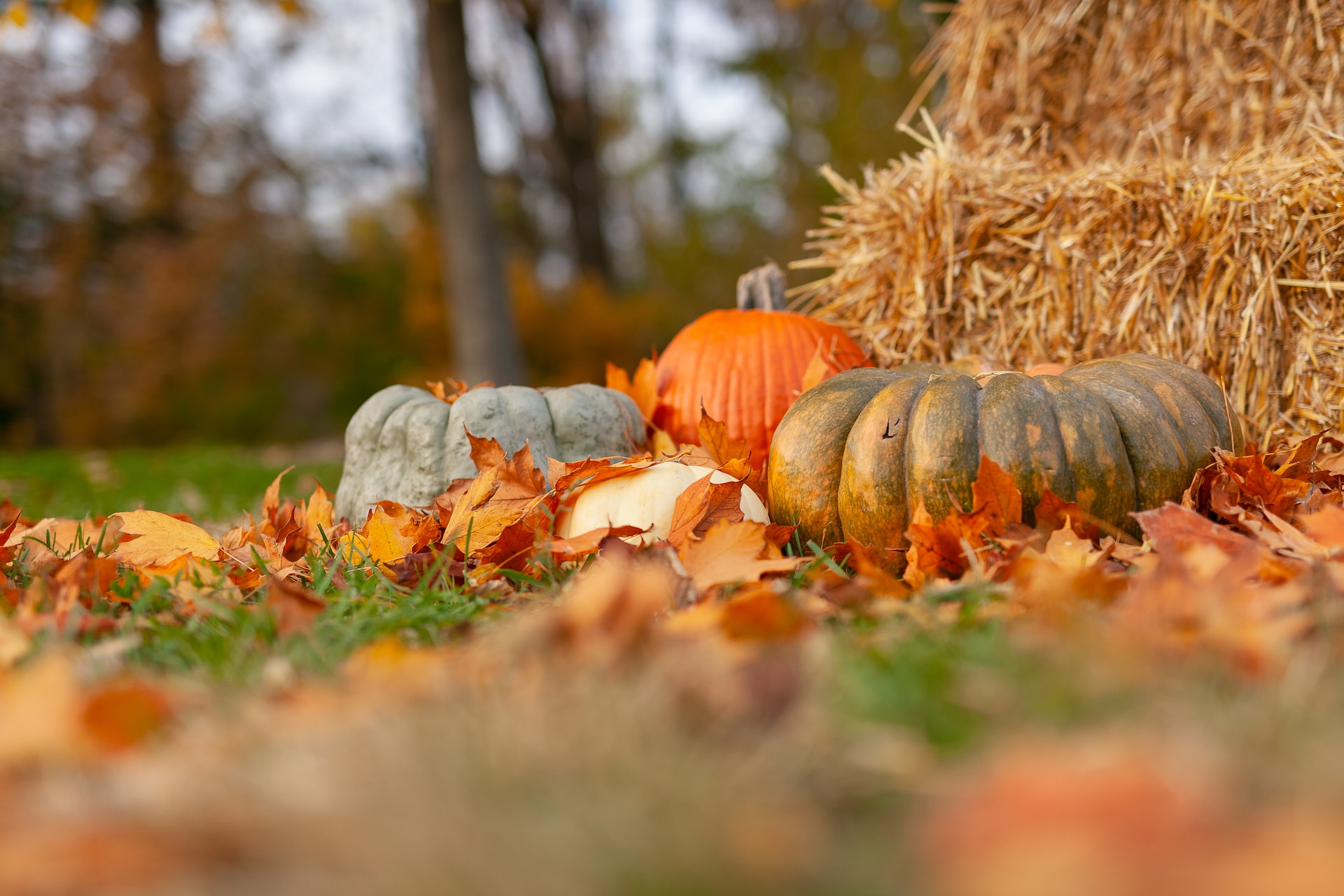
Halloween Who Am I?
All of the monsters have been invited to a dinner party, but Igor’s accidentally wiped everyone’s brains. The students must help each other find out who they are.
- Directions: All kids get a post-it note with a character to put on their forehead or back. Characters can be ghosts, witches and warlocks, vampires/Dracula, Frankenstein and his monster, werewolves, zombies, bats, spiders, and more — use named characters you’ve discussed in class, if possible. Ask students to go around the room and introduce themselves to one other student. Each read’s the other’s character name. One student begins by asking yes/no questions about themselves: Am I alive? Do I have legs? Then they switch.
- Goal: Students stay active, moving around the room as they get experience making questions and using descriptions. They also get the chance to role-play.
- Optional add-on: Once students know who they are, ask them to make conversation pretending to be their character. You can finish with a “dinner party” where everyone introduces themselves.
Monster Mash Bash
No Halloween party is complete without a little bit of lore: The Monster Mash” song explains the best party dance known to man or ghoul!
- Directions: Use the YouTube video for “Monster Mash” to complete a variety of activities for different ages.
- Younger kids: Play the song 1-2x and have students call out names of characters they recognize to write on the board. Ask kids to connect the characters with different actions they’re doing or emotions they’re feeling in the song. Example: The zombies are happy and enjoying the music. Dracula is confused or annoyed because he just woke up.
- Older kids: Hand out the lyrics with some blanks for children to fill in as they listen to the song 1-2 times. Have students identify words they don’t know, like slab, abode, or impetuous.
- Teach students the Monster Mash dance with special movements for different characters, like Frankenstein’s monster rising from his slab or Dracula waking up from his coffin.
- Have students choreograph a short dance to Dracula’s lost “Transylvania Twist” in small groups. Students can show the class and compare their different interpretations.
- Goal: Students practice listening skills and comprehension. Students also practice memory and motor skills.
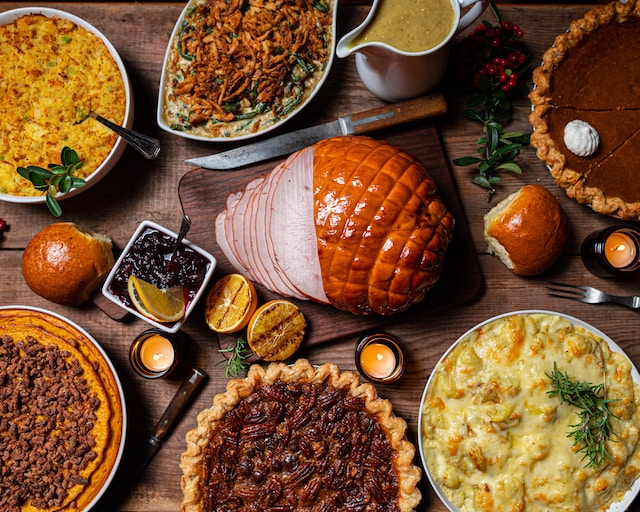
Thanksgiving
You might not be able to host a Thanksgiving meal in the classroom, but you can definitely have a mini-celebration with these activities.
Make a Recipe
Thanksgiving dinner involves many delicious main courses, side dishes, and desserts. Unfortunately, all the recipes fell out of the cookbook and got jumbled. Students have to find a creative way to put them back together.
- Directions: First, consider the dishes students might enjoy for Thanksgiving based on regional and cultural differences. Make a list of up to 30 ingredients, including turkey, tofu, cranberries, string beans, garlic, pumpkin, butter, potatoes, pecans, and corn, and have students choose 3-5 out of a hat. In small groups, the students create a new dish from their ingredients, give it a name, and write down the steps to make it. Younger students can draw a picture of the dish or explain verbally instead of writing down the recipe. In the end, students present their creations to the class.
- Goal: Students think creatively about ingredients, and practice words connected with food and cooking. This is a great activity to pair with vocabulary lists about cooking verbs (cut/chop, bake, mash) and cooking utensils (spatula, baking tray, turkey baster).
What Are You Grateful For?
Imagine you’re all sitting around the Thanksgiving dinner table with loved ones. When you reflect on the year, what makes you feel thankful?
- Directions: Prep students by explaining words like gratitude, grateful, and thankful. Younger students can benefit from this video and exercise from Sesame Workshop. Older students can listen to this Sesame Street video with Leon Bridges. Then give students different categories, like Places/People/Activities/Things or Big Things/Small Things (everything from a sports team to their favorite cereal) to brainstorm what gives them joy in their lives. When students are finished, sit in a circle and share what you’re grateful for. If appropriate, have each child “popcorn” to the next student (= “I choose [name] to go next!”) to bring an element of spontaneity.
- Goal: This activity is great for social-emotional learning. Research shows that people who practice gratitude tend to be happier and deal with conflict better, and this starts from a young age!
- Optional add-on: Have students write notes of gratitude. Younger students can color these print-outs from PBS Learning Media, and older ones can write and illustrate their own.
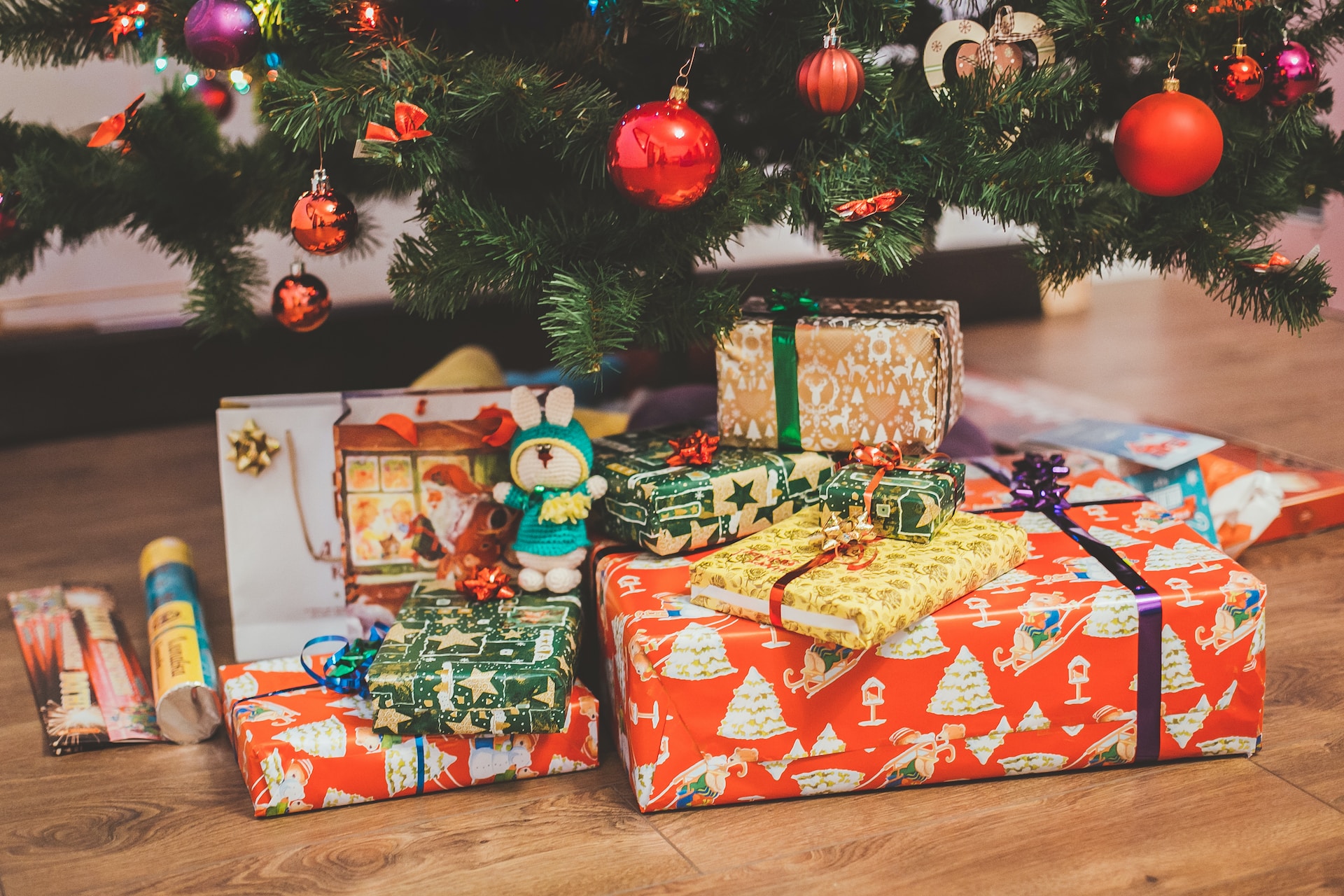
Christmas, Hanukkah, & Kwanzaa
The way that people celebrate the winter holidays are as varied as we are! While many people are familiar with Christmas, these activities can also help teach kids about Hanukkah (= a Jewish holiday celebrated over 8 days, according to the Jewish calendar each year) and Kwanzaa (= a celebration of African American cultural heritage between December 26 - January 1).
Celebration Show-and-Tell
Students learn more about each other’s holiday traditions. This activity can take place over multiple lessons.
- Directions: Bring in objects for show and tell, and/or ask students who celebrate different holidays to bring them in. Examples: menorah and dreidel; traditional African clothing like caftans, head scarfs, or dashiki; Christmas stockings and baubles. Discuss the purpose of each object and write new vocabulary on the board.
- Tell the stories behind each holiday. Videos can help:
- Hanukkah: A Rugrats Chanukkah (younger students) | The Story of Hanukkah (older students)
- Kwanzaa: Li’l Rabbit’s Kwanzaa (younger students) | My First Kwanzaa (younger/older students)
- Have students identify the different traditional colors — red and green for Christmas, blue and white for Hanukkah, and black, red, and green for Kwanzaa — and discuss what they mean.
- Ask students to share stories about how they celebrate in their families.
- Ask each student to share something new they learned about another tradition.
- Goal: Students gain insight into other religious and cultural traditions. Test comprehension by holding up objects and having the students explain their purpose.
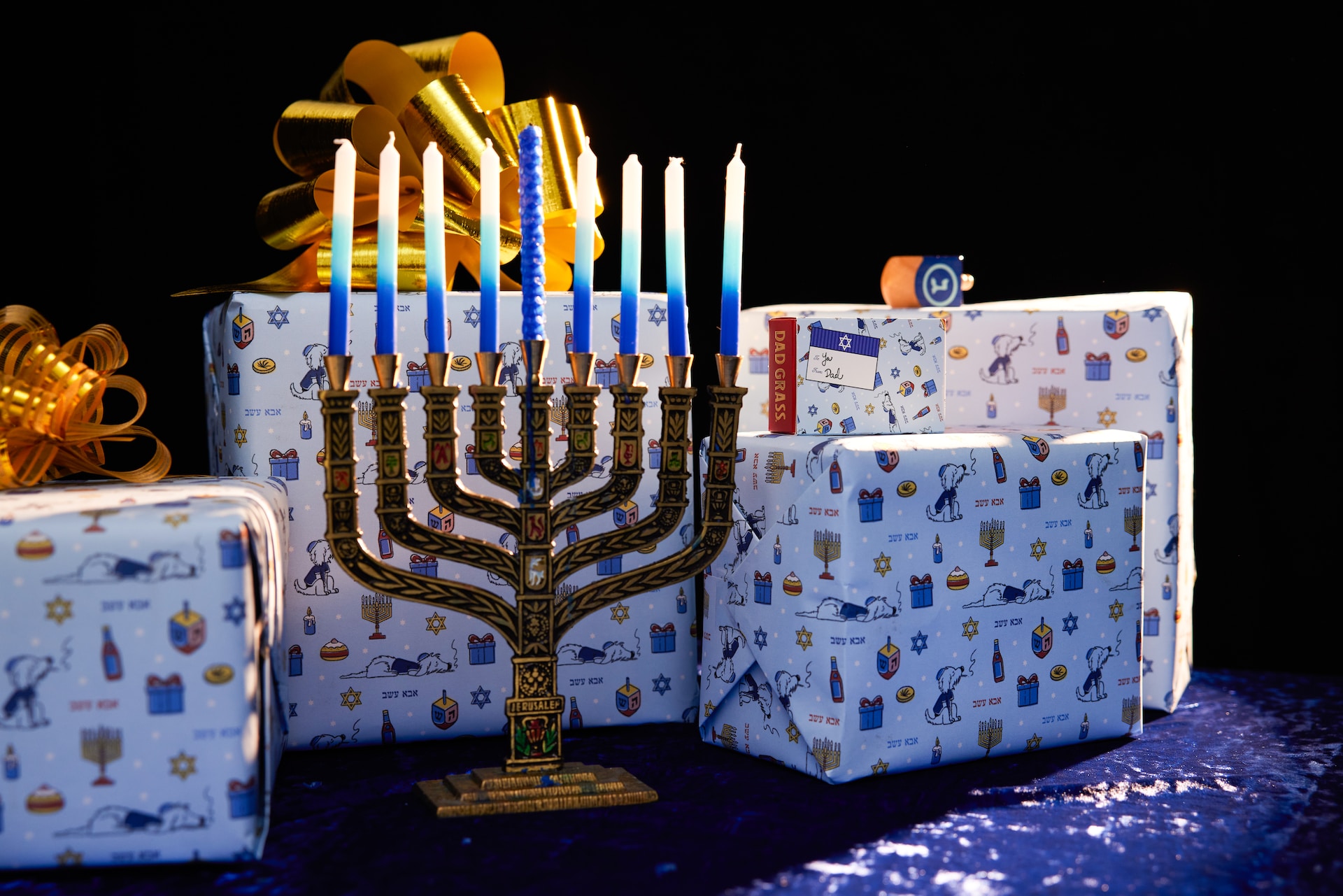
The Dreidel Game
This game is about both abundance and luck. Children spin the dreidel to determine how chocolate is exchanged around the central pot.
- Directions: Gather the dreidels, gelt, and bowls. Set up according to the instructions and explain the rules of the game to students. Put students in groups.
- Goal: Students practice fine motor skills by spinning the dreidel, and learn to identify new shapes (four Hebrew letters). Encourage children to share the final pot of chocolate, no matter who wins.
What’s in the Box?
Many winter holidays have one thing in common: They involve presents! This game is similar to Haunted Laboratory (above) but with a different story: Santa’s elves (or, the students’ parents!) have gotten their gifts mixed up. They need to test each box to find out what’s in it so they can send it to the right houses.
- Directions: Gather a number of boxes and put objects of different sizes, shapes, and textures inside. Example: slinky, rubber snake, dreidel, a pair of socks, pajamas, a book. Students will visit different stations and take turns shaking the boxes. They must describe what they hear and believe: It’s heavy/light. It sounds big/small. It’s more than one object. After a few minutes, students guess what the object is — write all guesses on the board and be sure to validate incorrect answers that were close/good guesses!
- Goal: Students practice descriptive abilities and critical thinking skills.
- Note: Don’t use any fragile/easily breakable objects!
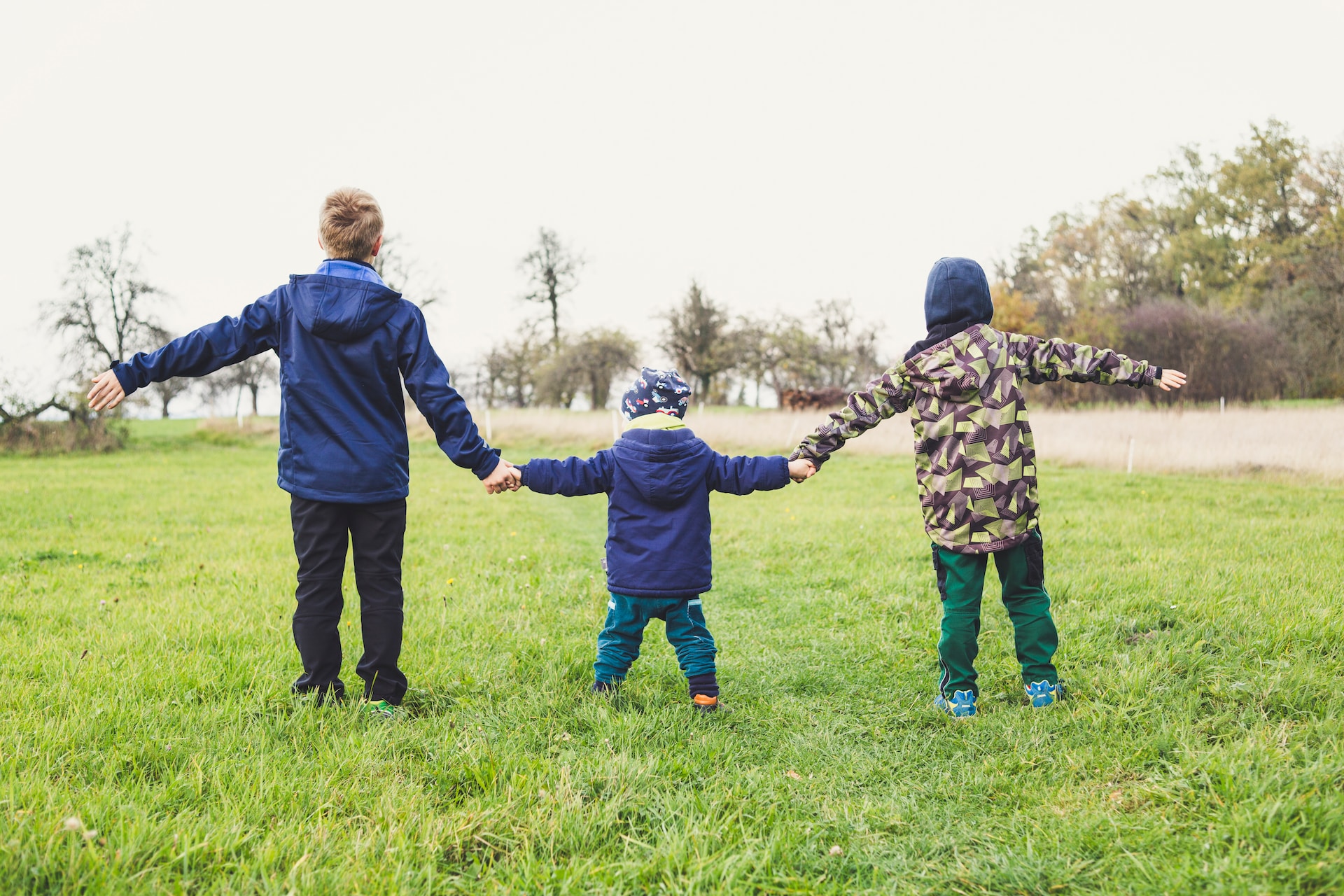
Happy Holidays!
Want more content for K-12 teachers and schools? Follow this blog, and learn more about our services.